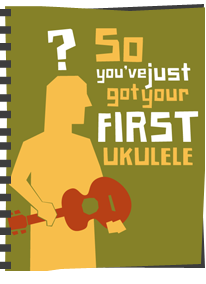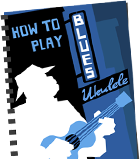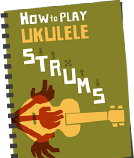Jonathan Coulton – Chiron Beta Prime (Chords)
A more challenging Christmas song this time. There are a lot of chords to keep track of. But many of the changes are just one note being raised or lowered by a fret so it’s not as tricky as it first seems.
I based this version on the version on JoCopedia with a few adjustments here and there. Mostly to make it more ukeable.
Tricky Chord Suggestions
For the A+ (A augmented) chord there are a couple of options:
– My preferred method is to hold down both the C and E strings with the tip of my index finger. It takes time to learn but it does make for an easy chord change.
– You can play the A before it with your first and third fingers. Then add your second finger on the E-string for the A+.
If you don’t fancy the E chord run in the pre-chorus you can just play E for the whole thing. Same with the Esus4 – E move in the chorus.
For the Dmaj7-F#m in the chorus you can play them both 2120. You lose the movement between the chords though.
Some Suggested Strumming
Here are a few ideas for the strumming:
Intro: A bar of ‘d u’ on the A. Then one down on the A, then ‘u d u d u d u’ on the A+.
Verse: ‘d – d u d u d u’ on the A. And ‘d u d u’ on both the D and E.
Chorus and Pre-Chorus: Mostly ‘d – d u – u d -‘. With two downs each for the E run in the pre-chorus. And in the chorus ‘d – d’ on the Esus4 and ‘u – u d -‘ on the E.
Links
Buy it from JonathanCoulton.com ( Direct PayPal link)
More Jonathan Coulton chords
More Christmas tabs and chords

This work is licensed under a Creative Commons Attribution-NonCommercial 4.0 International License.




